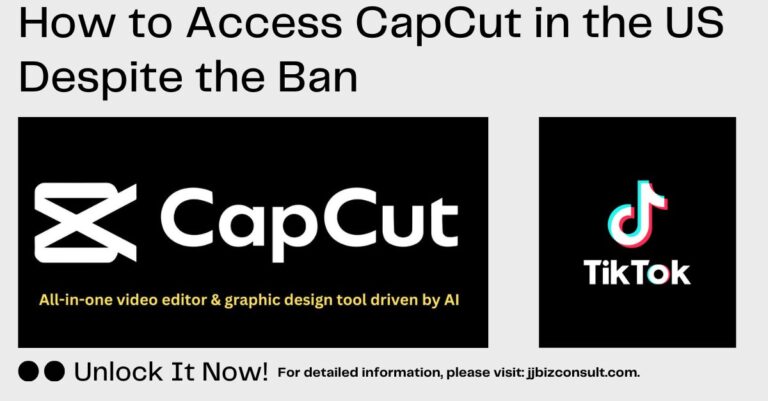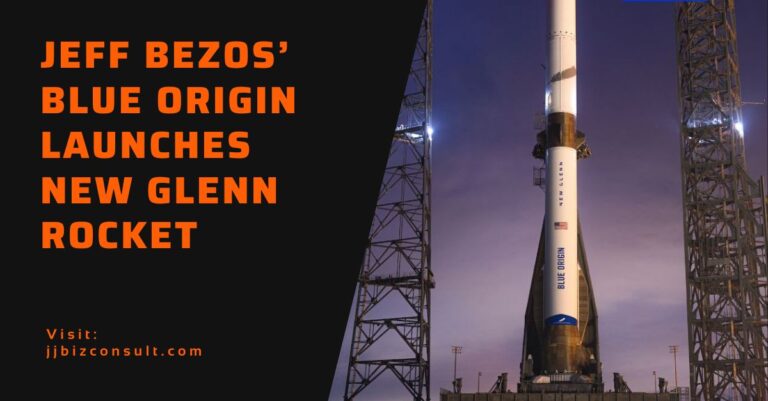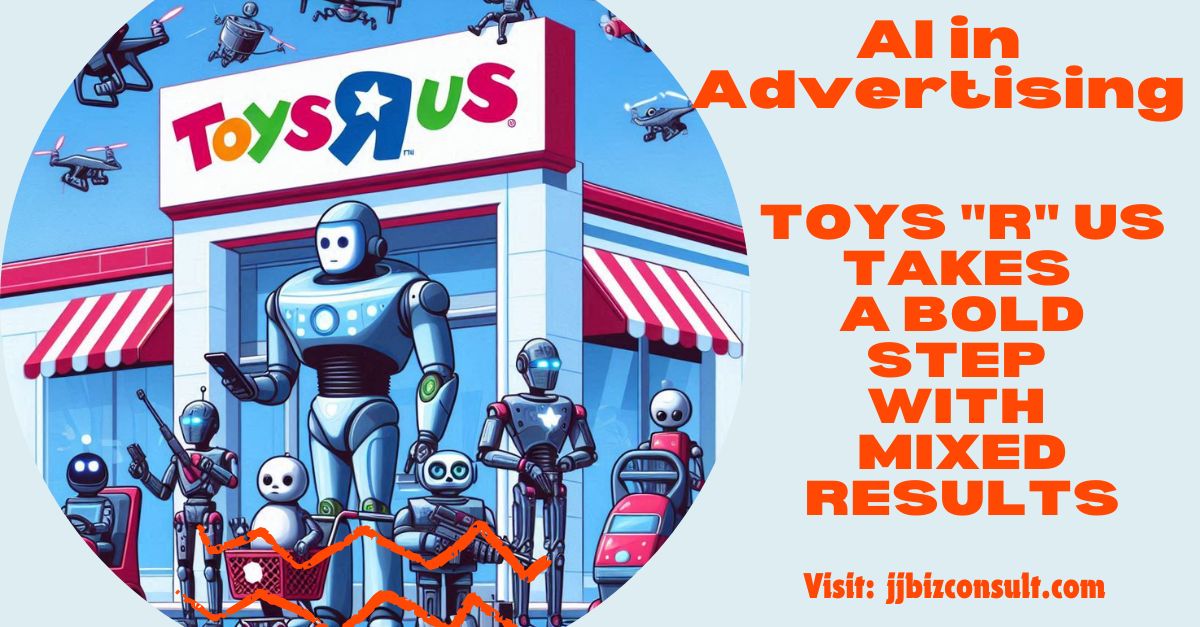
AI in Advertising: Toys "R" Us Takes a Bold Step
The world of advertising is witnessing a revolution with the rise of artificial intelligence (AI). Toys “R” Us, the iconic toy retailer, recently made headlines by creating one of the “first-ever” AI-generated brand advertisements. This bold move has sparked a wave of reactions, both positive and negative.
A Look at the Groundbreaking Ad:
The ad, created in partnership with creative agency Native Foreign, utilizes OpenAI’s Sora, a text-to-video tool not yet widely available. The ad takes viewers on a nostalgic journey, depicting the late founder Charles Lazarus as a child dreaming of the legendary toy store. The company’s mascot, Geoffrey the Giraffe, also makes a heartwarming appearance.
AI in Advertising: Innovation with Efficiency
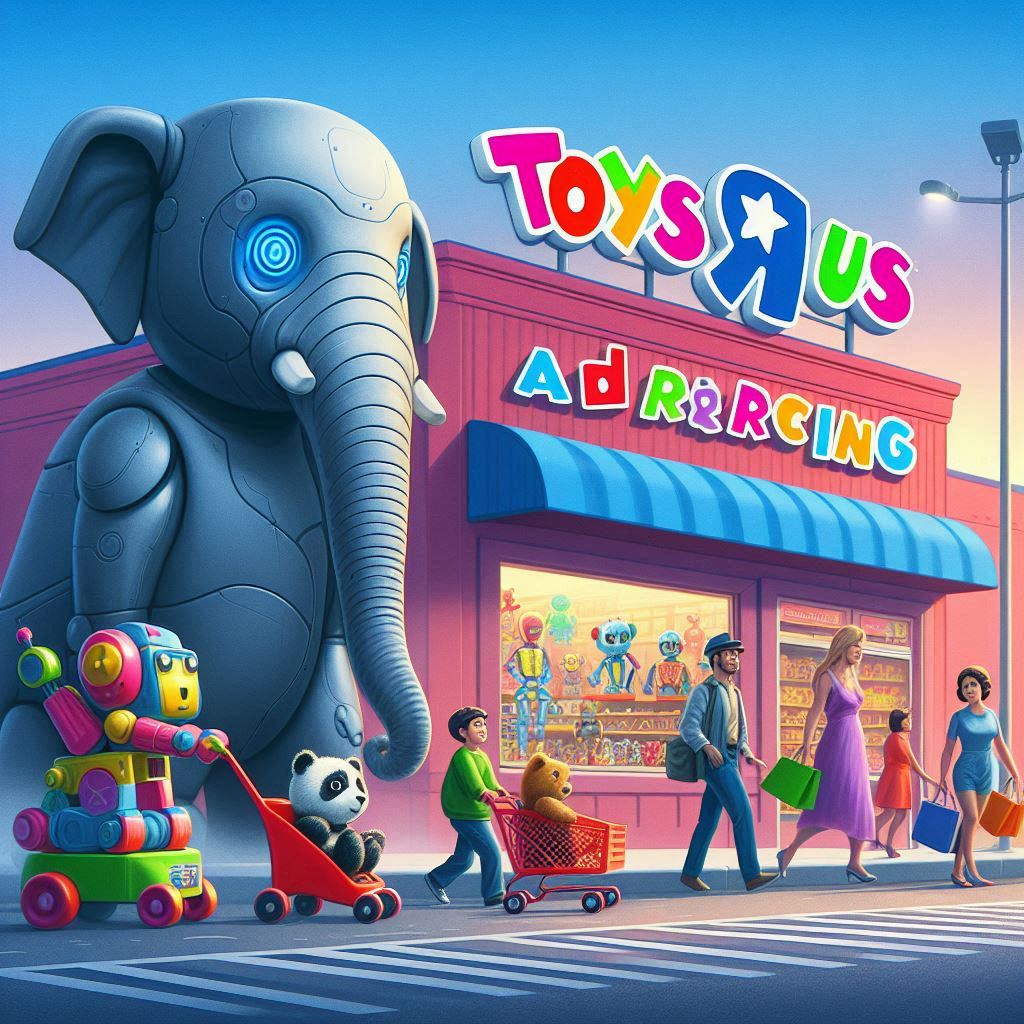
Toys “R” Us highlights the benefits of using AI in advertising. Kim Miller Olko, the company’s Global Chief Marketing Officer, emphasizes their commitment to innovation and using cutting-edge technology to connect with consumers.
Nik Kleverov, Chief Creative Officer at Native Foreign, points to the remarkable speed and efficiency achieved with Sora. The ad’s creation condensed “hundreds of iterative shots down to a couple dozen” within just a few weeks. While AI handled the bulk of the work, traditional methods like corrective VFX and original music were also used.
Mixed Reactions and Ethical Considerations:
The ad has generated a diverse range of reactions. Some viewers find it “awesome” and “dope,” while others express strong disapproval, calling it “terrible” and even “brand murder.” These mixed reactions highlight the evolving nature of AI-generated content and the need for further refinement.
Allen T., an AI video-maker and educator, raises concerns about the technology’s current limitations, particularly its struggle with generating realistic hands. His observation, shared on Twitter see Tweet, underscores the ongoing development process of AI video generation tools.
The Toys “R” Us ad comes at a crucial time as the creative industry grapples with the impact of AI. The Hollywood writers’ strike last summer highlighted these concerns, with the final agreement stipulating limitations on AI’s role in writing movie scripts.
A Look Ahead: Embracing the Future While Protecting Creativity
Kleverov believes both the toy industry and the creative sector are experiencing a renaissance. He positions Toys “R” Us as a pioneer in embracing AI advertising strategies. The success of this approach, however, hinges on finding a balance between AI’s efficiency and the irreplaceable human touch in creative expression.
Other Companies are using AI in Advertising
Many companies are leveraging AI in their advertising strategies. Here are a few notable examples:
- Yieldmo:
- Yieldmo, an adtech company, offers the “Yieldmo Smart Exchange,” which uses machine learning algorithms to select specific ad content for individual buyers and publishers. The goal is to create bespoke content recommendations based on predicted performance metrics.
- Lily AI:
- Lily AI focuses on e-commerce marketing software. It generates personalized product recommendations based on users’ colloquial search terms. The software also creates customized SEO copy to appeal to specific user preferences.
- Optimum:
- Optimum, a telecommunications company, uses an AI platform called “Alice” for media planning and activation. Alice streamlines campaign building and media buying by providing a granular, ROI-focused plan.
- NextRoll:
- NextRoll develops marketing technology that leverages machine learning. Their tools gather data, deliver insights, and help businesses strategically target buyers.
These companies demonstrate how AI enhances advertising efficiency, personalization, and performance analytics. As the industry evolves, more organizations are likely to embrace AI-driven strategies. 🌟
How does AI impact ad targeting?
AI significantly impacts ad targeting, revolutionizing how marketers optimize digital campaigns. Here are some ways AI transforms ad targeting:
- Precise Audience Segmentation:
- AI algorithms continuously analyze user data, identifying high-converting audience segments based on demographics, interests, and behaviors.
- Marketers can create more relevant ads that fully engage customers and drive conversions.
- Real-Time Optimization:
- AI adjusts campaign parameters in real-time to maximize performance.
- Machine learning optimizes ad targeting by refining criteria and allocating budgets effectively across channels.
- Automated Creative Assets:
- Google’s AI-powered campaigns (P-Max) generate customized creative assets automatically.
- Advertisers no longer rely solely on writers and designers; algorithms source website content and marketing materials to create tailored ads.
- Advanced Bid Adjustments:
In summary, AI enhances precision, efficiency, and relevance in ad targeting, benefiting both advertisers and audiences. 🌟
Cost-effectiveness of AI Advertising compared to Traditional Methods
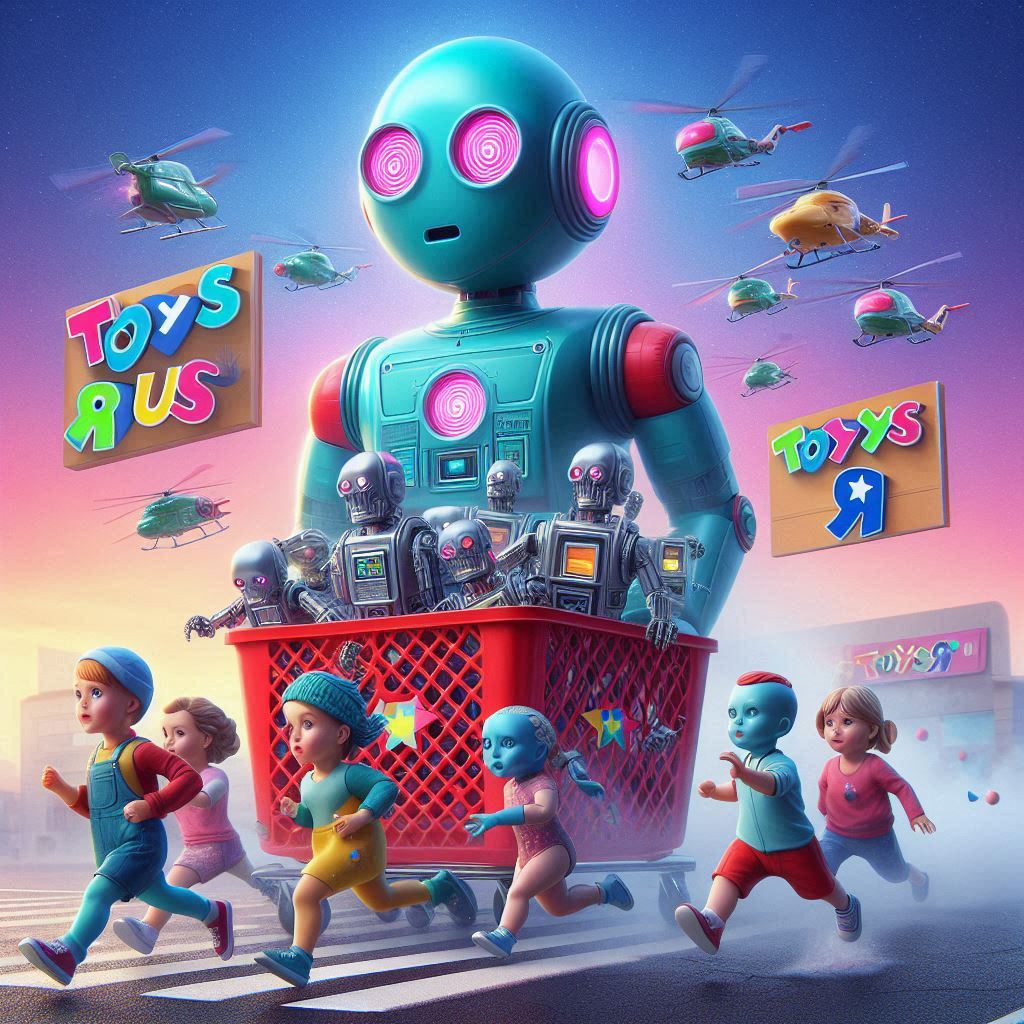
Let’s explore the cost-effectiveness of AI advertising in comparison to traditional methods:
- AI Advertising:
- Cost: AI marketing typically costs less than traditional methods.
- One-Time Purchase: Businesses invest in AI software once, avoiding recurring charges.
- Efficiency: AI streamlines digital marketing tasks, making campaigns more cost-effective.
- Traditional Advertising:
- Higher Costs: Traditional methods often involve higher expenses due to manual processes, print materials, and media buying.
- Less Precision: Traditional ads may reach a broader audience but lack the precision of AI-targeted campaigns.
- Budget Allocation: AI allows advertisers to allocate budgets more efficiently by targeting specific demographics and behaviors.
In summary, AI-powered advertising offers cost savings, precision, and scalability, making it an attractive choice for forward-thinking marketers. 🌟
The Possibility of AI tools Assisting Human Creatives rather than replacing them entirely
The integration of AI tools with human creatives offers exciting possibilities. Here’s how AI can assist without replacing:
- Idea Generation:
- AI algorithms can analyze vast datasets, spotting trends and suggesting creative concepts.
- Human creatives can then refine and expand upon these ideas, adding their unique touch.
- Content Optimization:
- AI helps optimize content for specific audiences, improving engagement.
- Creatives can focus on storytelling, aesthetics, and emotional impact.
- Automated Repetitive Tasks:
- AI handles repetitive tasks like resizing images, A/B testing, or scheduling social media posts.
- Creatives can allocate more time to strategic thinking and original work.
- Data-Driven Insights:
- AI provides data-driven insights on campaign performance.
- Creatives interpret this data, adjusting strategies accordingly.
- Collaboration and Feedback:
- AI facilitates collaboration by suggesting relevant content or potential collaborators.
- Creatives benefit from diverse perspectives and collective creativity.
In essence, AI complements human creativity, enhancing efficiency and expanding possibilities. 🌟
Ongoing Development of AI Capabilities and potential improvements
Let’s explore the fascinating developments in AI capabilities related to realistic character generation:
- DALL·E 2 by OpenAI:
- DALL·E 2 is an AI system that generates original, realistic images and art from natural language descriptions.
- It can create images based on text prompts, combining concepts, attributes, and styles.
- Compared to its predecessor, DALL·E 1, DALL·E 2 produces more accurate and high-resolution images.
- Safety measures prevent it from generating violent, hate, or adult content.
- Character AI Tools:
- Developers can now use AI tools to create unique characters with minimal effort:
- Canva’s AI Character Generator Apps:
- Canva offers three AI character generators: Magic Media™, DALL·E by OpenAI, and Imagen by Google Cloud.
- Magic Media™ allows you to streamline character creation by choosing from various artistic styles.
- DALL·E generates realistic imagery from text descriptions, while Imagen creates novel images based on input text.
- These tools help raise visibility for creatives and brands.
- Perchance’s AI Character Generator:
- Perchance provides a free, no-sign-up AI character generator.
- It can create both realistic and stylized character portraits or full-body images.
- You can design and customize characters, including OCs, villains, and fantasy characters, all from text prompts.
- Canva’s AI Character Generator Apps:
- Developers can now use AI tools to create unique characters with minimal effort:
- AI’s Role in Character Creation:
- AI analyzes character traits and personality profiles to suggest realistic strengths and weaknesses, adding depth to characters.
- These advancements empower creators to generate diverse, compelling characters for various media, including books, games, and visual art.
In summary, AI-driven character generation continues to evolve, offering exciting possibilities for artists, writers, and storytellers. Whether you’re an author crafting fictional personas or an artist seeking inspiration, these tools can enhance your creative process! 🌟🎨
Value in Search Advertising – US$296.70bn in the year 2023.
AI for Customer Engagement: How Coca-Cola is Popping with Innovation
